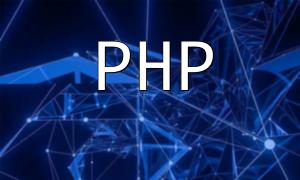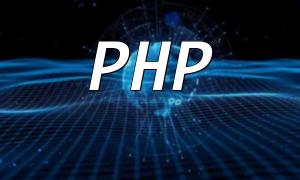In web development, databases are a crucial component, and MySQL is one of the most commonly used databases in PHP development. Optimizing database connections and data caching is essential for improving system performance when working with PHP.
In PHP, common methods for connecting to databases include MySQLi and PDO extensions. Both of these extensions offer rich API methods for easy database operations. To use these extensions efficiently, we must ensure that the relevant extensions are enabled in the PHP environment.
An important consideration is how to manage the establishment and closure of database connections. To enhance performance, we can use connection pooling to manage database connections. A connection pool pre-establishes a certain number of database connections and allocates them to the application when needed, reducing the overhead of frequently creating and destroying connections and improving response speed.
Additionally, to optimize the performance and security of database connections, we can take the following measures:
1. Use persistent connections to avoid reconnecting for every request. Persistent connections are returned to the connection pool after handling a request and can be reused on subsequent requests.
2. Set connection timeouts to prevent long-held connections from blocking resources.
3. Configure a unified character set to ensure no character encoding issues during data transmission.
Data caching is a key technique for improving web application performance. In PHP, we can choose from various caching technologies like Memcached and Redis, which store data in memory to significantly speed up data retrieval.
Choosing the right caching system is crucial. Depending on the specific use case, different caching systems are suited to different needs:
1. Redis is ideal for caching large numbers of key-value pairs.
2. Memcached is suited for caching large objects.
Moreover, it’s essential to set appropriate cache expiration times. Setting the expiration time too long may result in stale data, while setting it too short could cause frequent cache misses, degrading performance.
Cache consistency is also critical. When data changes, the cache should be updated promptly to avoid serving outdated or incorrect data.
In addition to optimizing database connections and data caching, the following techniques can also help improve database operation performance:
1. Use indexes to speed up queries.
2. Use bulk insert operations to reduce database load.
3. Leverage distributed databases to improve concurrent processing capabilities.
In conclusion, optimizing PHP database connections and data caching not only improves system performance but also enhances user experience. By properly configuring database connection management, using connection pooling, choosing the appropriate caching system, and employing other database optimization techniques, we can ensure that web applications run efficiently.







